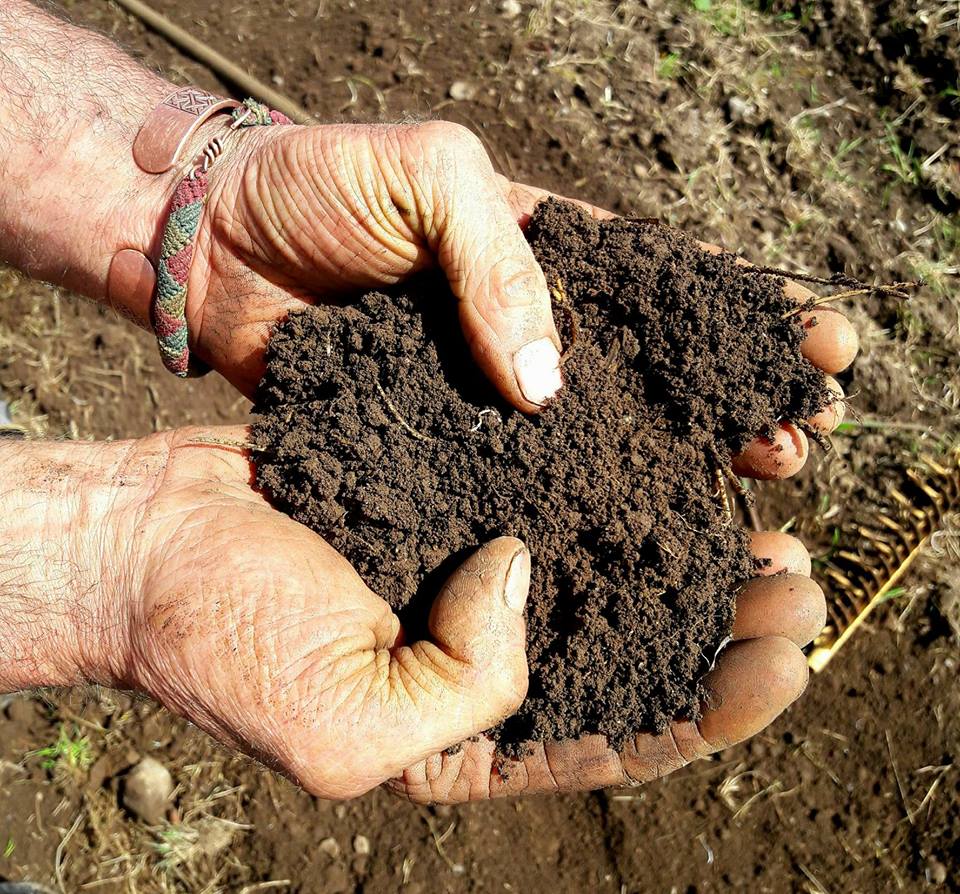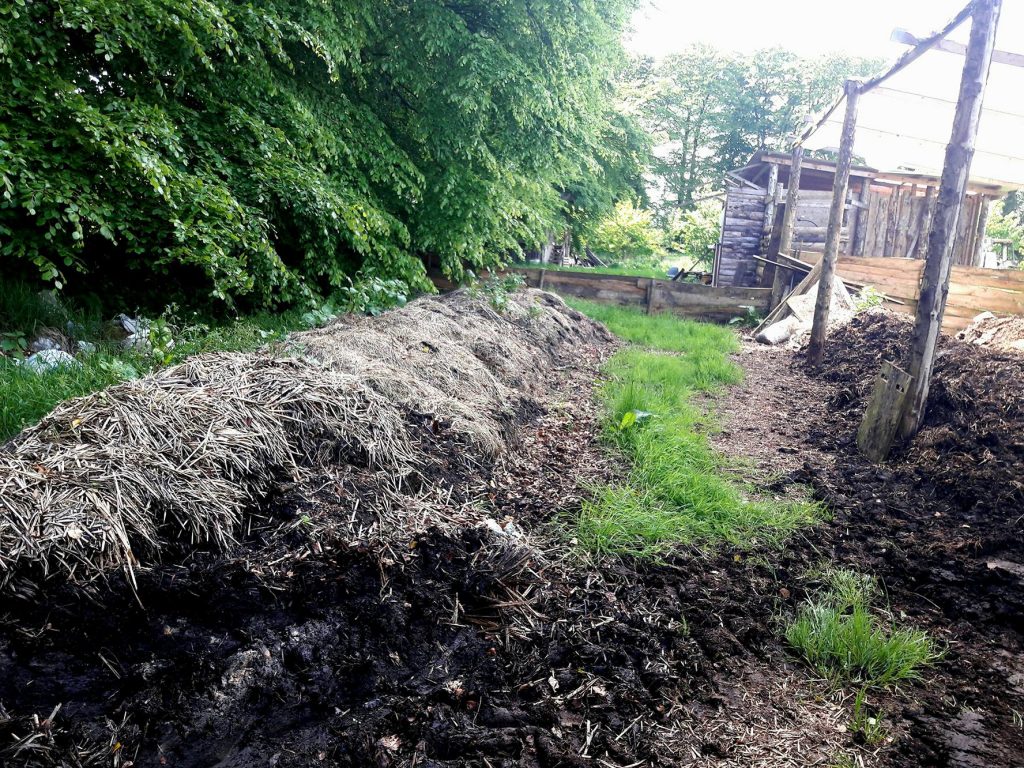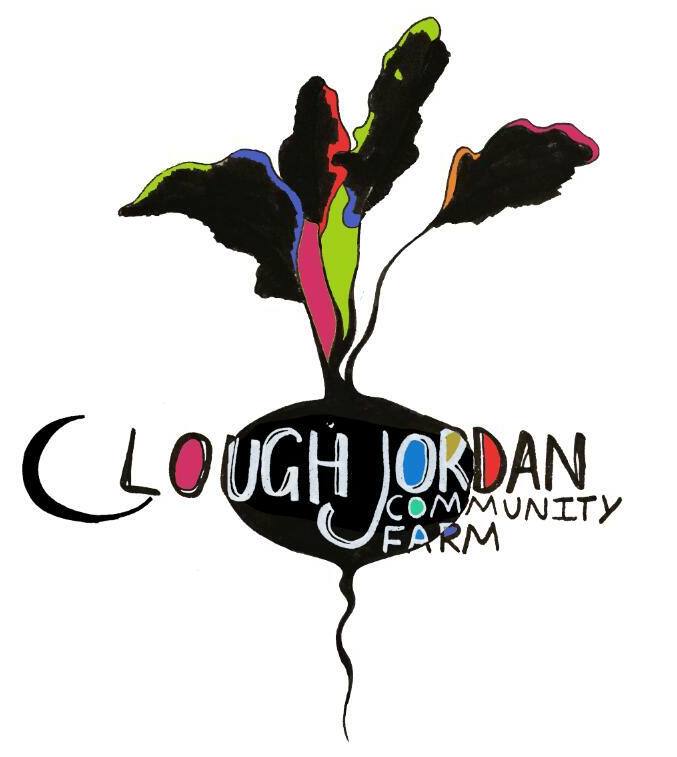While what we grow is mostly vegetables, there is lot more to our farm than the edible plants we grow. How we produce our vegetables is important too – we manage the land with a long term vision, so it’s in the best shape to keep producing food into the future. And we do so without harmful inputs – mineral fertilizers, pesticides, herbicides – because of the damage these things do. We care about the soil and about biodiversity, for lots of reasons. Below are some recent pictures of the stuff that’s not vegetables.

This is a four plant cover crop. It consists of fodder radish, mustard, rye and coltsfoot grass. This entire field is covered in this cover crop to help build the soil.
Growing vegetables depletes the soil of nutrients, so we grow this plant combination on a specific field that needs it, and then, we don’t harvest it – so all the goodness goes back down into the soil. This means that next year the field will be able to produce again. A handy side effect of doing this is that it’s great for biodiversity-its positively buzzing with pollinators!
Growing a cover crop is an alternative to using chemicals like mineral fertilizers, which have a huge negative impact on the environment, both in their use and their production.

 Check out the quality and depth of this soil.
Check out the quality and depth of this soil.
It’s this good, and this deep – because we grew a cover crop on it last year.
Soil quality is important – globally soil is being lost due to monocultural farming practices, through urbanisation and from a host of other activities.
Cover crops also prevent loss of carbon into the air.

Using well composted farm yard manure is great for the soil and in turn the crop quality. The straw prevents nutrients from being lost into the air, where they also become pollutants. The willow helps soak up the nutrients below.

Cow manure is especially good because cows are ruminants – they have four stomachs to process their food, which breaks it down more than what are called monogastrics (horses, pigs, sheep). We compost our manure for a year (!) to help break it down and make the nutrients in it more available to the soil and plants.
__


